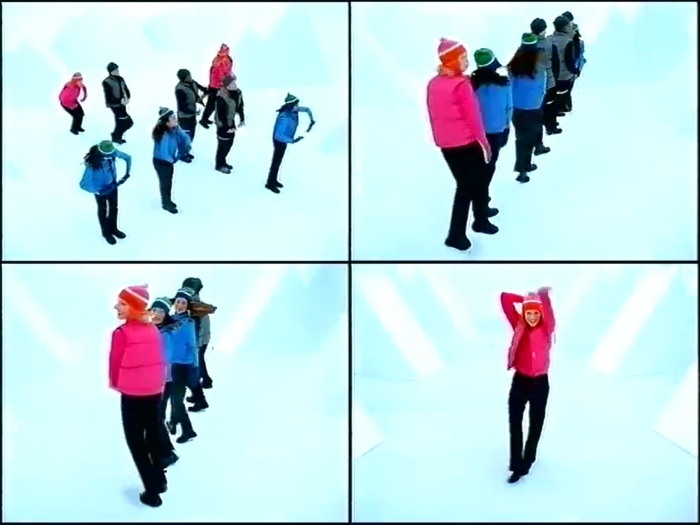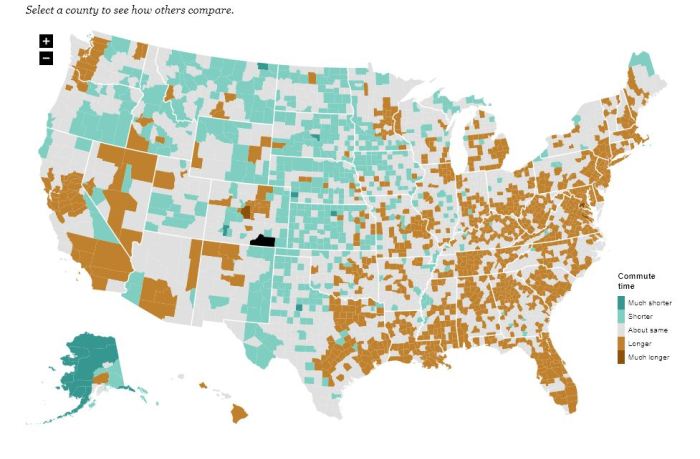George Méliès (1861-1938) was a French illusionist and film director who is credited with inventing a number of cinematic special effects (Ezra, 2000). One of his most commonly used effect is substitution splicing, which shows the “sudden appearance or disappearance of a person or object, or the sudden replacement of one thing by another” (Ezra, 2000, p. 28).
The first example of substitution splicing which appears in Méliès work can be seen his 1986 short film The Vanishing Lady, where Méliès seems to make a woman disappear (Méliès, 2015, 00:30). This substitution splicing effect is achieved by filming each part of the scene, then cutting the film and carefully splicing it back together so that the effect appears seamless (Ezra, 2000).

Screen captures from The Vanishing Lady (1986)
Other special effects which can be credited to Méliès include different types of multiple exposure, where the first exposure is captured, then the film is carefully re-wound, and then a second exposure is captured on top (Ezra, 2000). Examples of multiple exposure techniques include dissolves (fade in / fade out), matte shots (where only part of the image is replaced), and replication effects (where objects appear to multiply).
The work of George Méliès has influenced many filmmakers throughout the years, and one current example of this is Michel Gondry, a French film director, screenwriter and producer, whose work ranges from commercials, music video clips, and feature films. Gondry’s film work tends towards being eccentric and surreal, and often contains references to his childhood (Goldsmith, 2004).

Screen captures from the Gap commercial by Michel Gondry (1999)
In 1999, Gondry directed a series of Christmas advertisements for American clothing retailer Gap. This three-part series features a number of dancers wearing several identical outfits and uses a more modern (and most likely digital) version of Méliès’ substitution slicing and dissolve effects. These effects can be identified in the scene shown in screen captures above, taken from the first in the series, where the shot of the eight dancers in a line morphs into the shot of the single dancer in the pink top (ayexrockstar, 2008).

Screen capture from the Gap commercial by Michel Gondry (1999)
Another scene of note is shown in the image above, which is a top-down view of the dancers arranged in a kaleidoscopic fashion (ayexrockstar, 2008). This scene is reminiscent of the work of Busby Berkeley, who was famous for his large-scale choregraphed dance routines (Whiteley, n.d.). This scene mimics Méliès’ replication effect as the dancers appear to be multiplied due to their identical outfits.
Michel Gondry and many other filmmakers have been influenced by the work of early film directors such as George Méliès. The special effects which are credited to Méliès have been adapted and improved upon with the advance of technology, but their essence remains timeless.
References
ayexrockstr (2008). Gap (holiday) commercial (by Michel Gondry) [Video]. Retrieved from https://www.youtube.com/watch?v=9-Ll3-llQPo.
Ezra, E. (2000). Méliès Does Tricks, Manchester & New York: Manchester University Press. pp. 24-35.
Goldsmith, L. (2004). The Work of Director Michel Gondry. Retrieved from http://www.notcoming.com/features/gondry/.
Méliès, G. (2015). The Vanishing Lady – George Méliès (1896) [Video]. Retrieved from https://www.youtube.com/watch?v=WY0iAB4l9Xc.
Whiteley, C. (n.d.). Busby Berkeley (1895-1976). Retrieved from http://www.hollywoodsgoldenage.com/moguls/busby.html.


